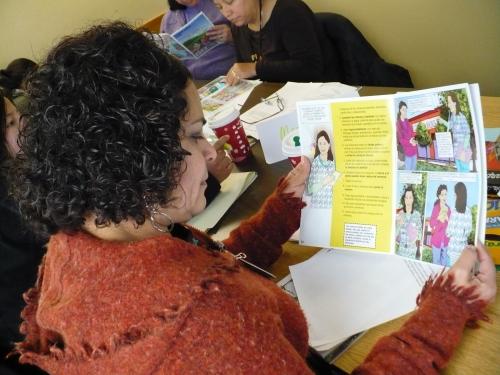Lead Poisoning Prevention

Lead poisoning is a preventable disease. It causes behavioral and learning disorders in children. Low to moderate levels of lead exposure have been associated with hypertension, decreased kidney and brain function as well as reproductive problems in adults. Recognition of lead poisoning, however, is often thwarted by its nature as a disease with insidious and ambiguous symptoms. As a result, intervention often comes after irreversible damage is done.
Migrant populations face unique dimensions of exposure that increase their risk of lead poisoning such as occupational exposures, neonatal exposures, cultural practices (folk remedies, food preparation, etc), migration and substandard housing environments. Population-specific clinical interventions are needed to better address lead toxicity in migrant communities, an important health disparity. Explore the resouces in this section to find information about sources and routes of exposure, clinical protocols and cultural competency in the clinical recognition and management of lead poisoning in three populations 1) migrant workers engaged in construction and housing rehabilitation, 2) pregnant migrant women and women of reproductive age and 3) migrant children.